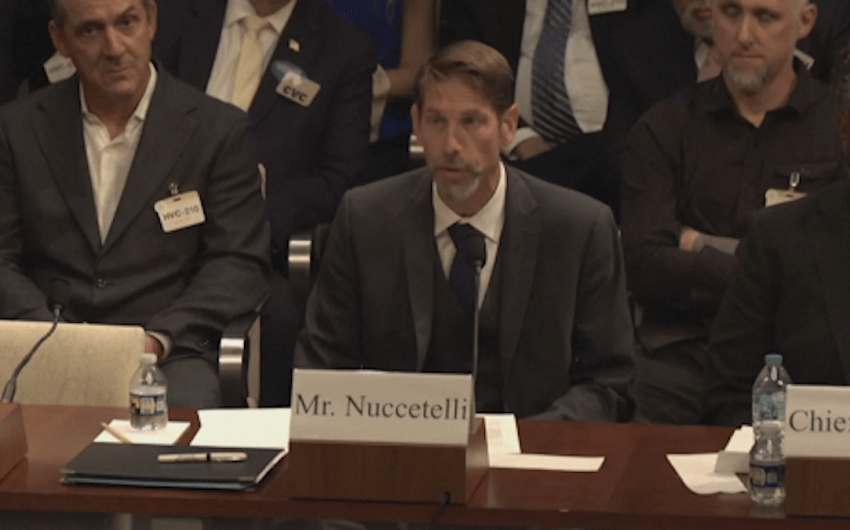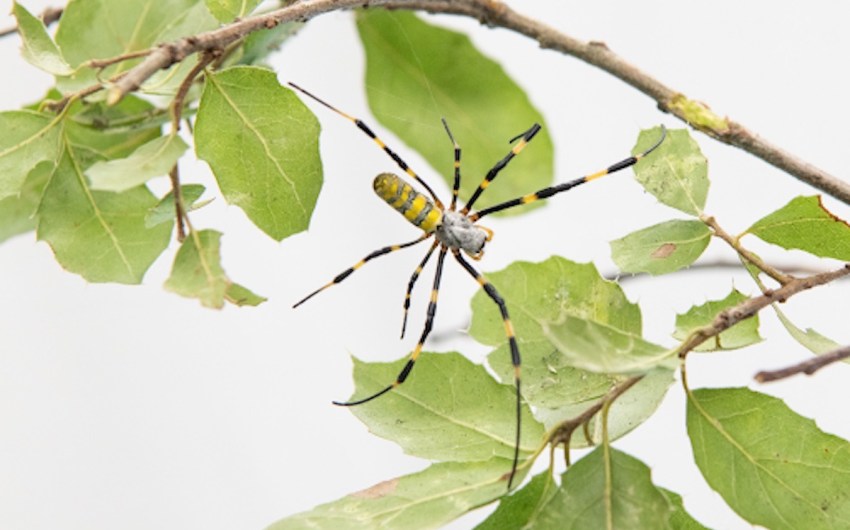Following the Independent’s recent dolphin-watching experience on the Condor Express, the Condor’s staff photographer shared a mind-blowing account of seeing one great white shark and one (deceased) Northern elephant seal.
That unlucky seal was the shark’s lunch, and passengers got a front row seat to the buffet.
“The Channel was glassy and skies were overcast until 2 p.m. when some sunny spots began to open,” described Condor photographer Bob Perry. “Captain Dave and the crew searched the far western Channel, between Gaviota and Platform Hondo.”
During the cruise on August 30 (the day following the Indy’s), they spotted around 4,000 common dolphins and 20 California sea lions. But the boat was tipped off in the afternoon to the real show occurring at some nearby coordinates, provided by their fellow whale watching boat Velella.
The site was “an active feeding spot, which featured a large male Northern elephant seal being fed upon by an equally huge great white shark,” Perry said.

“The shark was not on the seal when we arrived, but returned to feed within 10 minutes. It left a second time, for about 10 more minutes, and again attacked the seal carcass,” he explained. “We were incredibly close to the action thanks to the extensive skills of Captain Dave, himself a local white shark expert.”
In recent years, researchers have identified Southern Santa Barbara County, especially around Carpinteria, as a nursery for juvenile great white sharks. While patterns fluctuate, observers have reported as many as 61 juvenile great white sharks in the area.
Studies indicate that somewhere between 200 to 300 white sharks live off the coast of Central California and that the total number of adult and near-adult great white sharks in the northeast Pacific could be between 400 to 500.
Perry said that after processing the images, he discovered the Condor’s shark had a satellite tracking tag bolted to its dorsal fin. The tags are part of ongoing research by Dr. Michael Domeier and Keith Poe from the Marine Conservation Science Institute in Hawai’i, which has tracked and studied white shark migrations for years. However, the Condor’s shark did not surface for long enough to be picked up by a satellite, so they do not know its ID.
“You never know what Mother Nature has in store,” Perry added.












You must be logged in to post a comment.